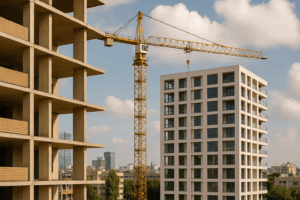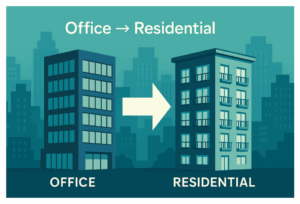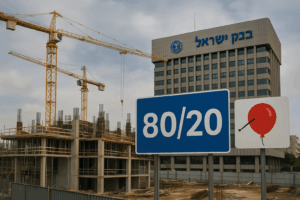Introduction: Why Understanding FAR is Essential in Real Estate
The concept of Floor Area Ratio (FAR) plays a pivotal role in shaping our urban landscapes. Whether you are a seasoned investor, a potential homebuyer, or a curious observer, understanding FAR can significantly influence your real estate decisions. This guide will walk you through the essentials of FAR, demonstrating its impact on property development and investment.
What is Floor Area Ratio (FAR)? The Basics Simplified
Floor Area Ratio (FAR) is a term frequently encountered in urban planning and real estate development. It represents the ratio of a building’s total floor area to the size of its plot. Essentially, FAR is a gauge for the intensity of the development on a parcel of land.
Calculating FAR: An Easy-to-Follow Example
Calculating FAR is straightforward. Suppose a building with 10,000 square feet of floor space sits on a 5,000-square-foot plot. To determine its FAR, divide the building’s total floor area by the plot size, resulting in a FAR of 2.0. This figure indicates that the building’s floor area is twice the size of its plot.
FAR in Zoning and Urban Planning: Regulating Development Density
FAR is a critical tool in urban planning. It helps municipalities control the density of buildings in various zones. By setting limits on FAR, city planners can manage the balance between high-density development and open spaces, influencing the character and livability of neighborhoods.
The Impact of FAR on Real Estate Investment: Strategic Considerations for Investors
For real estate investors and developers, understanding FAR is vital. A higher FAR often suggests a greater potential for development, which can be particularly appealing in densely populated urban areas. However, it’s crucial to weigh the benefits of a higher FAR against potential drawbacks like reduced open spaces and increased congestion.
Case Studies: FAR in Action
Explore real-life scenarios where FAR played a decisive role in development outcomes. From revitalizing urban centers to shaping suburban communities, these case studies will illustrate the practical implications of FAR in diverse settings.
Conclusion: FAR and the Future of Urban Development
As urban populations grow, the importance of effective planning tools like FAR becomes increasingly evident. Understanding FAR allows stakeholders in the real estate sector to make informed decisions that shape the future of our urban environments.




